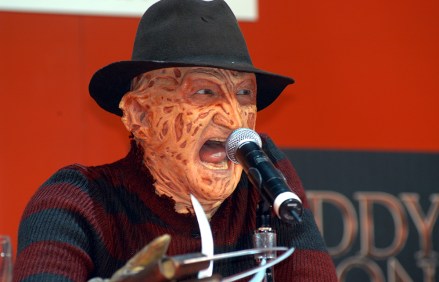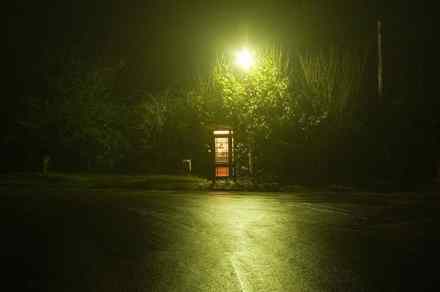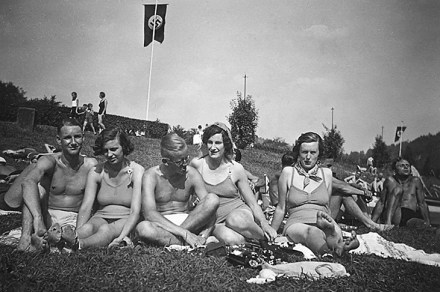Maybe the village will be sad to see us go after all
‘You certainly gave us a run for our money,’ said the village elder, serving us with what appeared to be the official goodbye statement. I was sick of that old navy dressing gown myself. Shortly afterwards I got him a new one from Sainsbury’s The builder boyfriend was flabbergasted. He had been walking across the green with the spaniels when this gentleman, a leading light in the community, came towards him. He braced for impact because the last time they engaged outside the house it had not gone well. The builder b had, on that occasion, been wearing his old navy-blue towelling dressing gown and was putting out the bins.






